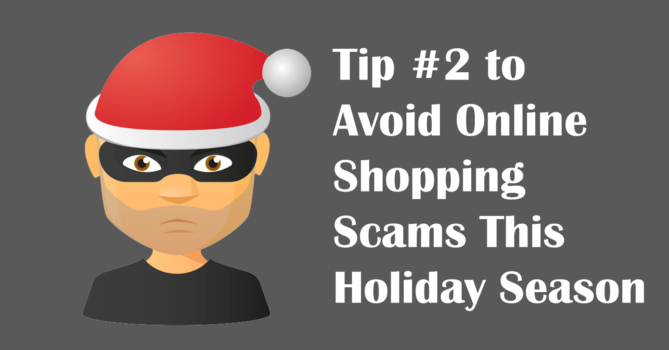Holiday Tip #2 – Don’t Get Taken for a Ride – Unless it’s a Sleigh Ride
When ordering from e-commerce sites such as Amazon or eBay, you’ll want to check the product descriptions very carefully. Counterfeit goods have been known to make their way onto these sites. Shady sellers bury the words “replica” and “imitation” deep in the product descriptions.
Third-party sellers should also be scrutinized. For example on Amazon, you might see “Ships from and sold by [third-party seller’s name]” or “Sold by [third-party seller] and fulfilled by Amazon.” This is not to say that all third-party sellers are trying to scam you, but you’ll want to do a little digging to ensure they’re legitimate. A simple Google search is the first place to look. If there is a lack of internet presence, that could be a red flag.
Another telltale sign that a product might be fake is the price. Avoid the temptation to purchase products, especially health and beauty products, if the price seems too good to be true. A report from the Government Accountability Office revealed that some counterfeit beauty products actually contained cyanide, mercury and rat droppings.
Amazon goes to great lengths to spot and remove suspected counterfeit items from its site, but criminals have slipped through. Luckily, Amazon customers are protected by their A-to-Z Guarantee that if a product doesn’t arrive or isn’t as advertised, they can contact Amazon’s customer support for a full refund.

